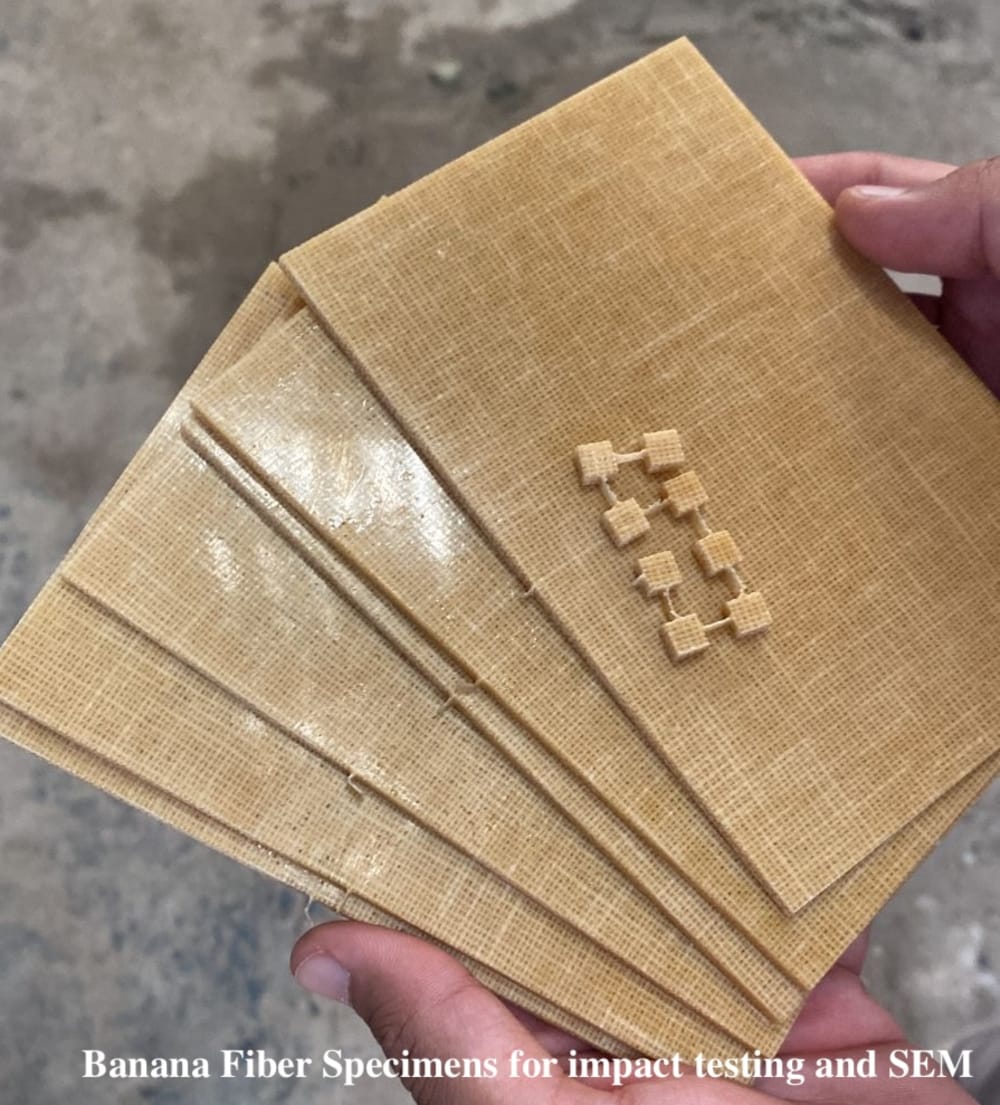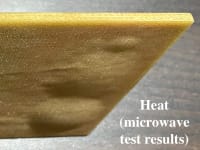The widespread use of PVC (polyvinyl chloride) false ceilings poses significant environmental and health challenges. PVC is a synthetic plastic polymer, the production and disposal of which have severe ecological consequences.
The use of banana fiber as a sustainable alternative for false ceilings addresses these environmental and health concerns:
Eco-Friendly Production:
Banana fiber is derived from the pseudostem of banana plants, which are agricultural byproducts. Its extraction and processing are significantly less harmful to the environment compared to the production of PVC.
Biodegradability:
Unlike PVC, banana fiber is biodegradable, ensuring that the material does not persist in the environment or contribute to long-term pollution.
Lower Carbon Footprint:
The cultivation of banana plants requires fewer chemical inputs and less energy, resulting in a lower carbon footprint for banana fiber products.
Non-Toxic:
Banana fiber is a natural material free from the harmful chemicals associated with PVC, making it a healthier option for indoor environments and reducing health risks for occupants.
Economic Benefits:
The production of banana fiber ceilings creates new income opportunities for banana farmers, who can sell the pseudostem that are typically discarded. This additional revenue supports rural communities, improving their economic stability.
Job Creation:
Establishing production facilities for banana fiber products generates local employment in both rural and manufacturing sectors. This includes jobs in harvesting, processing, manufacturing, and installation, boosting the local economy and providing stable livelihoods.
Educational and Awareness Impact:
Adopting banana fiber ceilings showcases sustainable innovation in construction. It educates builders, architects, and consumers about the benefits of eco-friendly materials, encouraging broader adoption of sustainable practices.
Circular Economy Promotion:
By utilising agricultural waste, this initiative supports a circular economy model where resources are reused and recycled, minimising waste and promoting sustainability.
Composite Material Development:
The banana fibers will be combined with eco-friendly binders and additives to create durable and lightweight composite panels. This involves experimenting with natural resins, bio-based adhesives, and other sustainable components to enhance the structural integrity and aesthetic appeal of the panels.
Design and Prototyping:
Our design team will develop prototypes of the banana fiber ceiling panels, ensuring they meet industry standards for strength, fire resistance, and acoustic performance. The design will include various textures and finishes to cater to different aesthetic preferences and functional requirements.
By promoting the use of banana fiber for false ceilings, we aim to reduce the reliance on PVC, mitigate environmental pollution, decrease health risks, and move towards more sustainable building practices.
Our idea of using banana fiber for false ceilings is unique due to its integration of agricultural waste into a high-value, eco-friendly building material. Unlike conventional PVC ceilings, which are non-biodegradable and toxic, banana fiber ceilings are biodegradable, sustainable, and free from harmful chemicals. Additionally, our approach not only reduces plastic pollution and carbon footprint but also supports local farmers and creates rural employment. This holistic, environmentally conscious solution differentiates us by addressing both ecological and socio-economic challenges simultaneously.
Like this entry?
-
About the Entrant
- Name:Jason Herman Alfi
- Type of entry:teamTeam members:
- Mishika Shah
- Adhitya Sagar
- Patent status:pending








